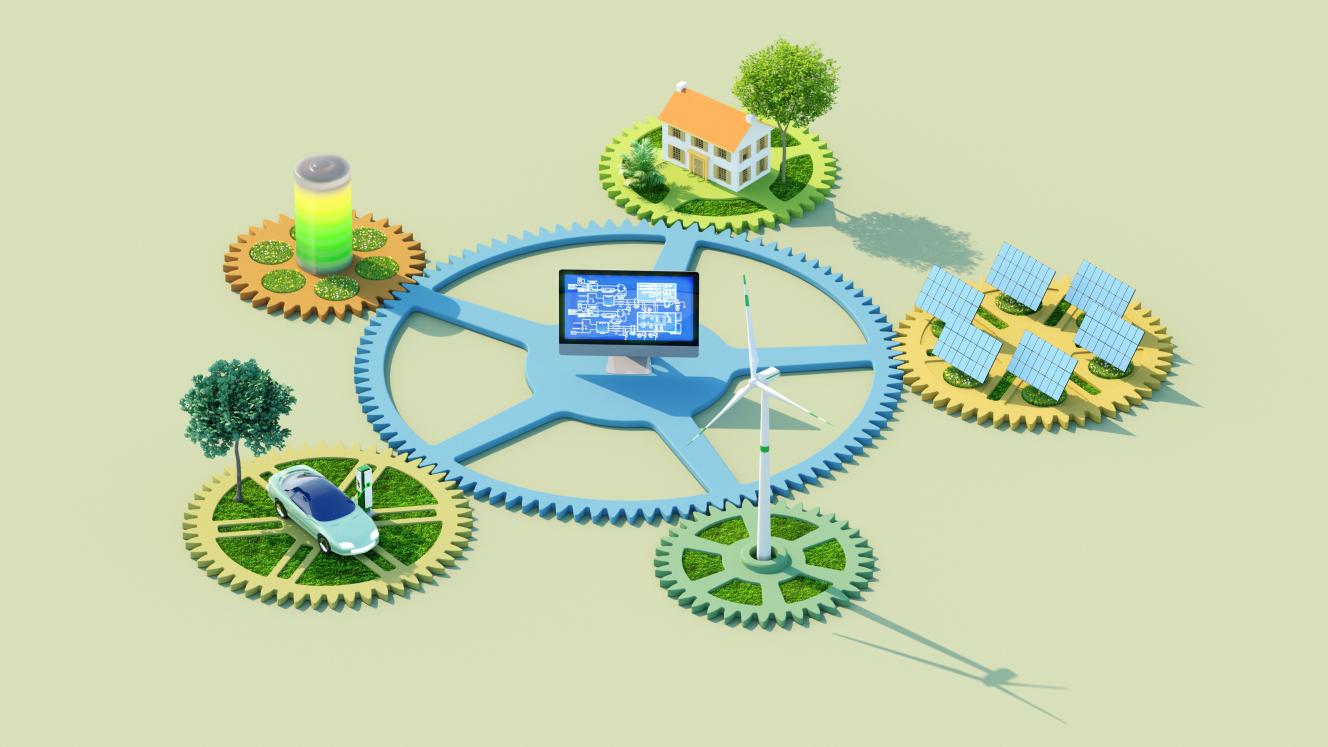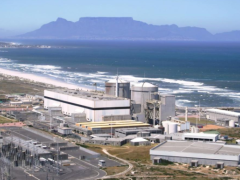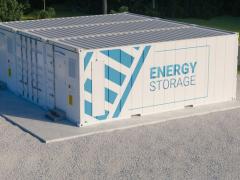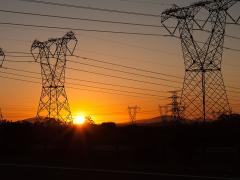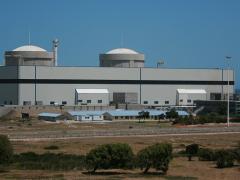Rising energy prices are putting pressure on energy-intensive sectors such as mining, manufacturing and large-scale industrial operations. For these businesses, energy is a critical operational component and reducing consumption without affecting productivity is essential, says Richard von Moltke, GM of Static Power, a division of ACTOM.
While expanding generation capacity through solar PV or other sources may seem like the obvious solution, optimising the existing energy load profile should be the first step. This can reduce the size of any future expansion and, in some cases, eliminate the immediate need for it.
At the core of optimisation is a fit-for-purpose mix of battery energy storage systems (BESS), solar PV, diesel or gas generators, utility supply and a high-quality energy management system to control these sources. Adding BESS to form a microgrid enables peak shaving, energy arbitrage and improved energy security.
In energy arbitrage, batteries store electricity when tariffs are low, overnight or during off-peak periods, or from excess solar generation, and then supply energy during high-demand, high-tariff times. This reduces total grid demand during expensive periods, cutting overall energy charges.
The recent drop in BESS costs, combined with rising utility tariffs, has strengthened the business case for storage even without solar PV. However, these systems require careful equipment selection and sophisticated control to manage battery health and optimise performance.
Tailored solutions and future developments
Energy needs vary widely between sites. In industries like mining and manufacturing, fluctuations in demand due to production schedules require customised solutions. Detailed analysis of load profiles helps identify periods of peak use for targeted load shifting or battery use.
Correct equipment selection is vital for power and control systems and should be backed by long-term support, ideally for 10 years or more.
Looking ahead, integration with weather stations will allow systems to predict solar generation and adjust storage levels accordingly. AI will take this further by analysing weather forecasts, historical consumption and tariff data to make real-time decisions on when to store or use energy and which loads to prioritise.
Smart energy management is about more than cost savings. It provides operational resilience by balancing battery charge, shifting loads and reducing peaks, ensuring uninterrupted operations and a competitive edge for energy-heavy industries.
